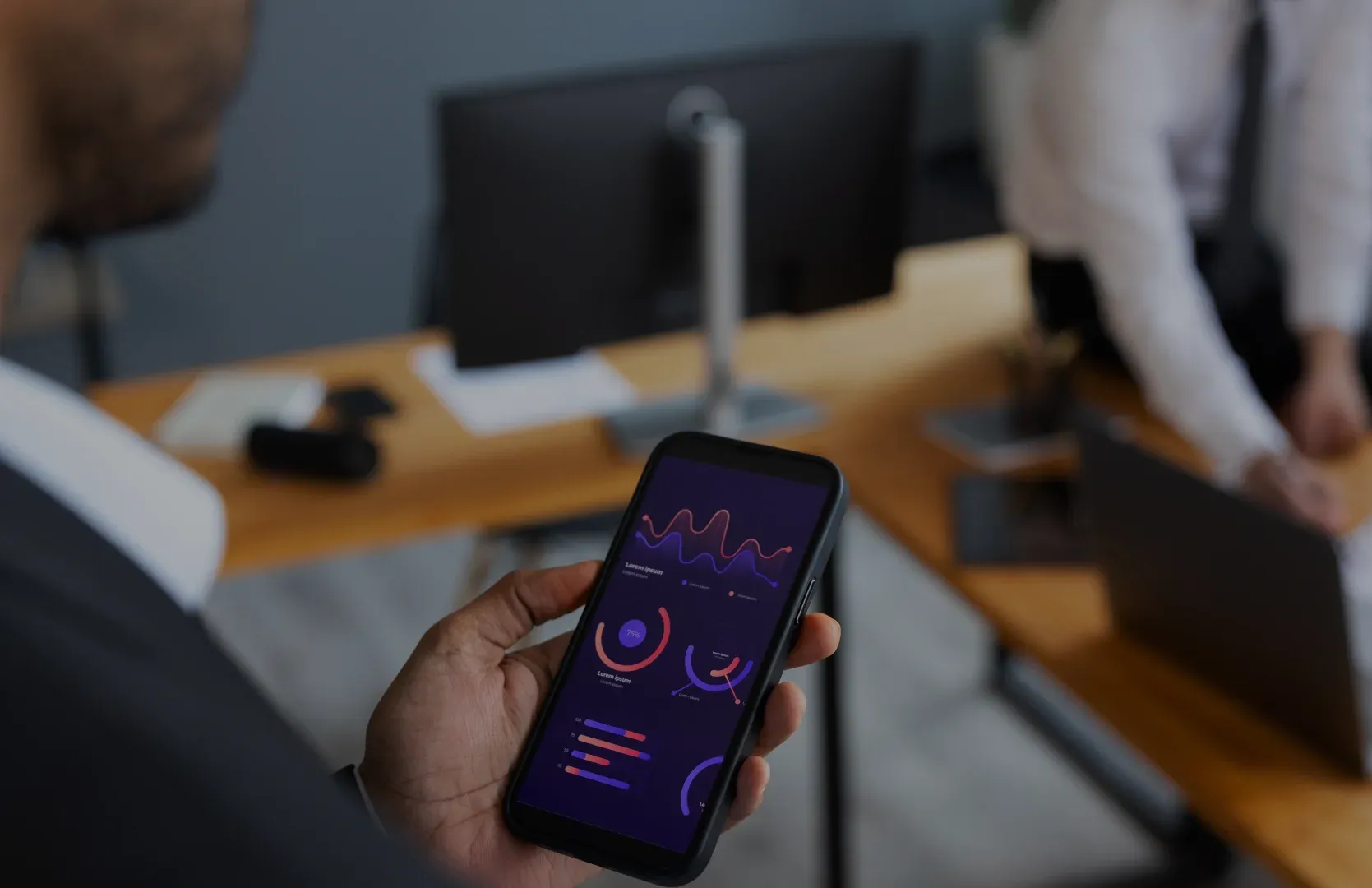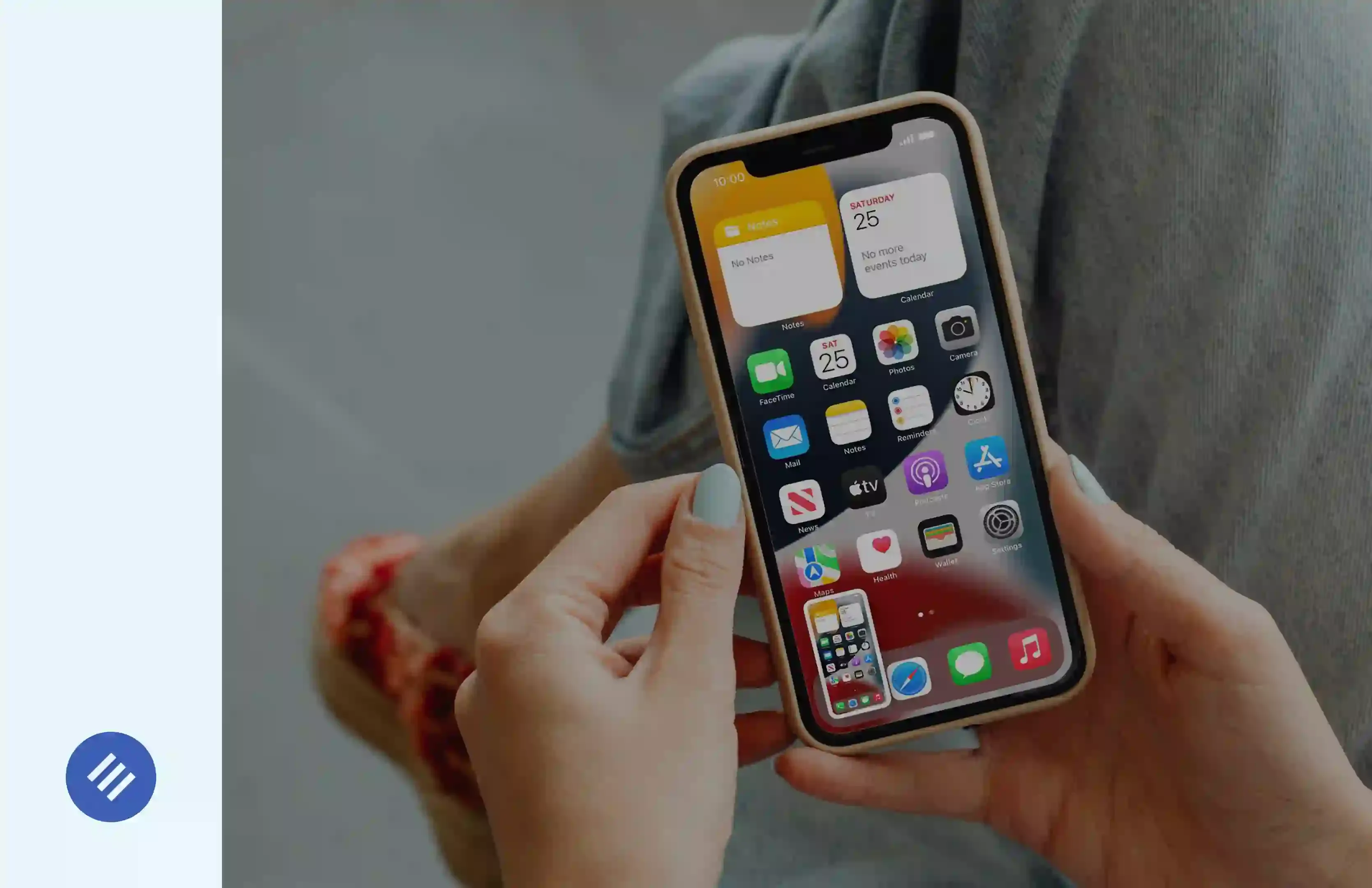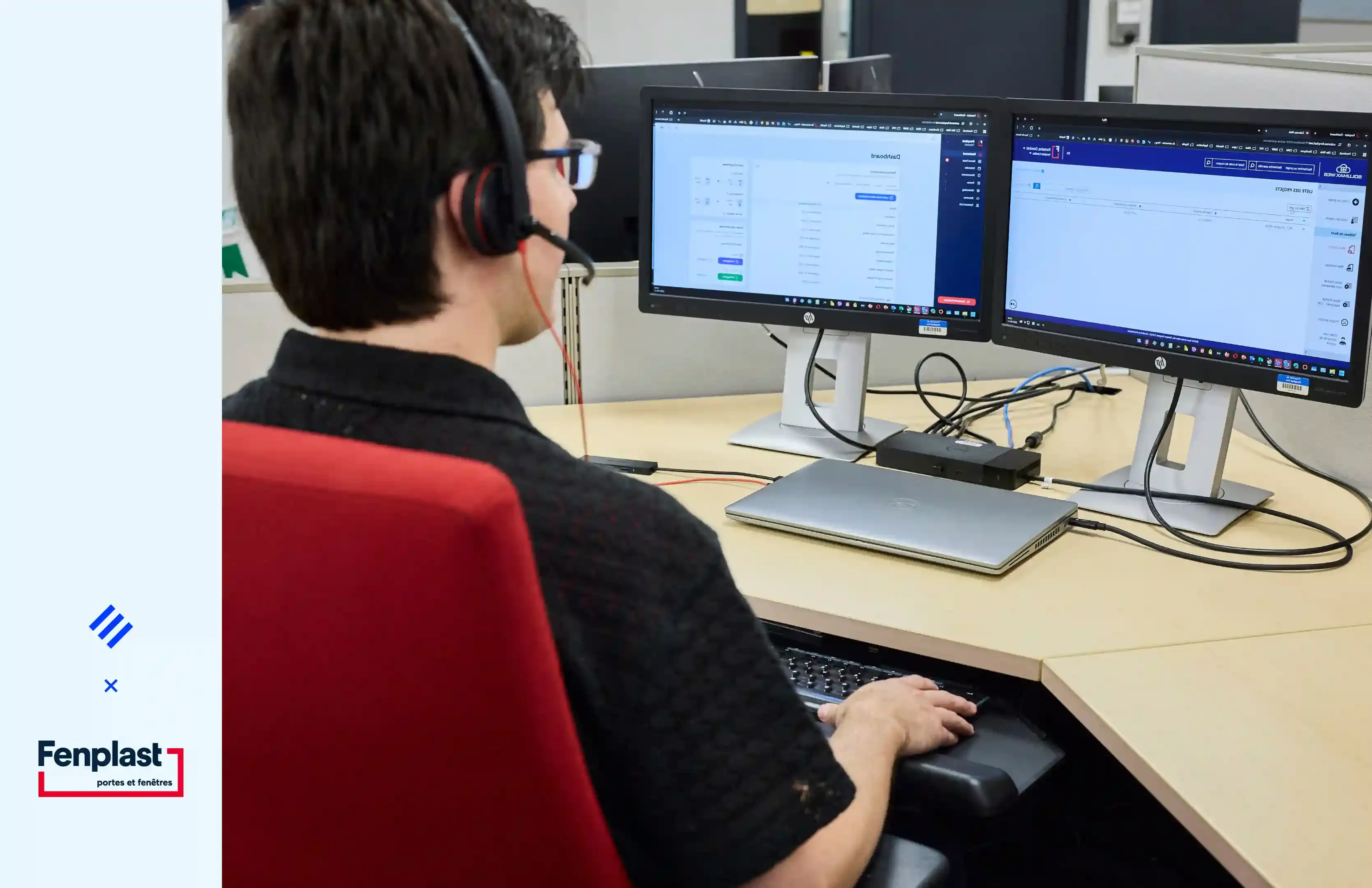
One of the most overlooked aspects of software development projects is the maintenance phase. A project is rarely ever truly finished; it will continue to require a non-negligible amount of work over time.
One of the most overlooked aspects of software development projects is the maintenance phase. A project is rarely ever truly finished; it will continue to require a non-negligible amount of work over time. In this article, we will demystify the why and how of this crucial phase.
A Bit of Philosophy
People often say that code rusts, drawing an analogy with materials in the physical world. At Thirdbridge, we’ve never really liked that comparison. In reality, source code is a set of deterministic commands—when executed under the same conditions, it will produce the same results, even 50 years later.
The real issue is that the outside world evolves, making interactions with outdated code increasingly difficult. Take security vulnerabilities, for example: they do not arise from the degradation of code, like steel that oxidizes. Instead, the vulnerability has been there from day one—it is our understanding of security risks that has evolved, while the code itself has remained unchanged.
The Maintenance Plan
A maintenance plan typically covers three key aspects:
- Updating core components and external dependencies
- Changes driven by external factors
- Changes driven by internal factors
Core Components & External Dependencies
Whether it’s the Android SDK version for a mobile app or the Node.js version for a web server, the vast majority of digital projects rely on components that are constantly evolving. Additionally, many projects depend on third-party libraries, which often require even more attention, as they tend to be less actively maintained than core technologies.
Keeping these components up to date is essential for two main reasons:
Security
Security is a never-ending battle. Regardless of the technology, new vulnerabilities are constantly being discovered. Having a predefined update cadence reduces the chances of using outdated, insecure versions. At Thirdbridge, we continuously monitor security vulnerabilities in the technologies we use, allowing us to take proactive action before bad actors can exploit them.
Development Speed
If a project is not maintained, future development slows down over time. While the short-term impact may seem minimal, developers will become less and less efficient as time goes on.
A great (and extreme) example is the banking sector. Today, banks are forced to spend massive amounts to hire programmers skilled in COBOL. Even worse, these aging systems are incompatible with modern technologies, making any updates painfully slow. To be clear: it takes decades to reach such an extreme situation. However, the decline in development speed starts much sooner.
External Factors
Sometimes, external factors force us to update a project. These factors vary widely. Here are a few examples we’ve encountered at Thirdbridge:
- AWS EKS now charges $400 per month for Kubernetes clusters running outdated versions.
- As of April 24, 2025, Apple will reject apps that do not use iOS SDK 18.
- Quebec's Bill 25 required businesses to update their websites to include privacy policies.
Internal Factors
In other cases, internal needs drive updates. Examples include:
- Small UI adjustments on a website
- Minor API configuration updates
- Updating app store images for a mobile app
The Financial Model
At Thirdbridge, our maintenance plan is structured as a non-expiring annual hour bank. Since the hours never expire, clients can spread out their maintenance costs over time. If there are unused hours, they can be applied as a credit toward future development projects.
The goal is simple: peace of mind. Unexpected security fixes shouldn’t disrupt your budget. With our approach, clients can maintain financial stability while keeping their software secure and up to date.
ROI Matters
A maintenance plan isn’t a blank check for developers to experiment with the latest trend every six months. Every maintenance effort must align with the long-term strategy of the project.
A recent example: Less than a month ago, React officially announced the end of Create React App. Several of our projects were built using this technology, but for some clients, migration isn’t even on the table. If future development is unlikely and security risks are minimal, the ROI simply isn’t there.
Conclusion
A digital project is rarely ever “done”. The tech landscape evolves so quickly that inaction can lead to major security risks and development slowdowns—sometimes in just a few years. This is why having a maintenance plan is critical, yet often overlooked.
With Thirdbridge's non-expiring hour bank, we provide technical stability and financial predictability. By rolling over unused hours, clients avoid budget surprises while ensuring their software remains up-to-date and secure.
Beyond the code itself, our mission is to deliver the best possible experience when building digital solutions. A well-planned maintenance strategy is a key part of achieving that goal.
Let me know if you’d like any refinements.
Other articles

.webp)
.webp)


.webp)








.png)


.webp)
.webp)
.webp)
Mar 31, 2025
Ratings & Reviews: Their Impact on an App's Success
An app’s success isn’t solely based on meticulous engineering or eye-catching designs. It’s crucial to deliver a product that is high-performing, accessible, useful, and user-friendly, alongside a go-to-market (GTM) strategy tailored to the digital product ecosystem.

.webp)
.webp)

Oct 29, 2024
AI driving innovation: A new Era for Mobile Apps and User Experience
Artificial intelligence (AI) represents a digital transformation that impacts us all. This rapidly advancing technology, fueled by data analysis, not only enables informed decision-making and reliable forecasting but also allows for the completion of many tasks at a faster pace.

Oct 15, 2024
Enhancing Product Management: Key to Success in Software Development
The distinction between product management and project management is essential for ensuring optimal productivity. It’s not enough to treat them as interchangeable concepts; it’s crucial to adopt a proactive approach to place the right resources in the right places.

Sep 24, 2024
Cybersecurity and Mobile Applications: Choosing the Right Authentication Method
Mobile applications are essential tools that handle personal data, access sensitive information, and are part of our daily lives. However, in an age where the term cybersecurity is on everyone's lips, ensuring the security of these applications and the information they contain is crucial.
.webp)



May 22, 2024
Optimizing Synergy with Your Software Development Partner
The digital realm, especially that of custom digital solution development, is constantly evolving—between fast technological advancements and changing consumer needs, it's quite challenging to predict what the future holds for web players.
.png)


.webp)
.webp)


.webp)



Oct 15, 2024
Pierre-Étienne Bousquet guest of "Les Affaires"
Our president and co-founder, Pierre-Étienne Bousquet, discussed with Jean-François Venne from Les Affaires the significant growth of digital technology in the retail industry and its impact on online sales, which are becoming increasingly crucial for revenue.


.png)
Jun 14, 2024
Recruiting an In-House Team or Hiring an Agency for Developing Your Application?
When embarking on a project as significant and important as developing an application, a crucial dilemma quickly arises: choosing between a specialized agency or recruiting your own in-house team to accomplish the work. One thing is certain, both options present distinct advantages and constraints.


.png)
May 3, 2024
Simplified Infrastructures for Enhanced Agility
At Thirdbridge, we believe that project-oriented teams deliver superior quality results, and do so more quickly. Given that they are responsible for the entire value creation flow, these teams can increase their velocity by eliminating bottlenecks themselves. Moreover, entrusting end-to-end flow responsibility to our developer teams makes their work even more engaging and motivating.





.webp)



.jpg)